When it comes to buying a diamond, there are several factors that you need to consider. By understanding these various factors before making your purchase decision, you can ensure that you select a stunning piece of jewellery that exceeds your expectations while staying within your budget constraints.
Diamond Selection Demystified
When it comes to buying a diamond, there are several factors that you need to consider. Diamonds are not only a symbol of luxury and beauty but also a significant investment. Therefore, it is important to educate yourself about the essential aspects of diamonds before making your purchase. By understanding these factors, you can ensure that you make an informed decision and choose the perfect diamond for your needs.
In order to find the right diamond for you or your loved one’s special occasion or engagement ring setting, it is crucial to understand these factors thoroughly. So, let’s delve into each factor individually and explore what they mean when considering buying a diamond!
Factors That Shine
Diamonds are known for their brilliance and durability, which makes them highly sought after in the world of jewellery. However, not all diamonds are created equal. Each diamond possesses unique characteristics such as cut, clarity, carat weight, colour, certification, and shape that determine its overall quality and value.
1. Cut
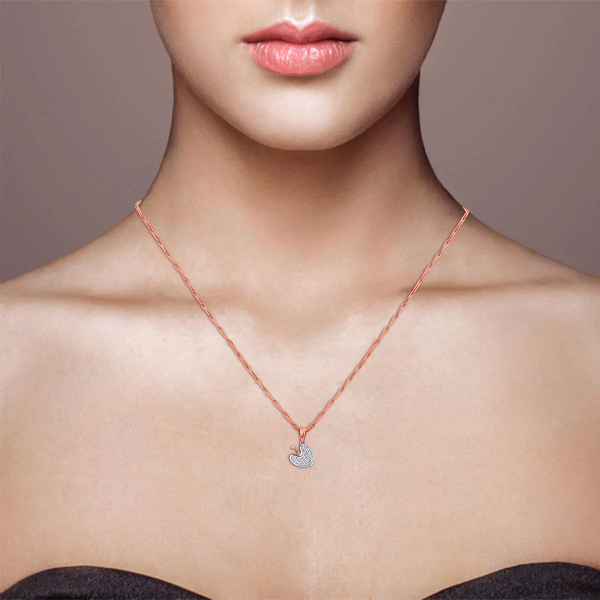
Cut plays a crucial role in a diamond’s overall beauty and brilliance. It refers to how well the diamond has been shaped and faceted from its raw form.
- The cut determines how effectively light is reflected within the stone, creating that stunning sparkle we all desire.
- A well-cut diamond will have precise angles and proportions, allowing for maximum light return. On the other hand, a poorly cut diamond may appear dull or lacklustre.
- The quality of the cut can greatly impact both the visual appeal and value of a diamond, so it’s important to consider this factor carefully when making your purchase decision.
2. Clarity
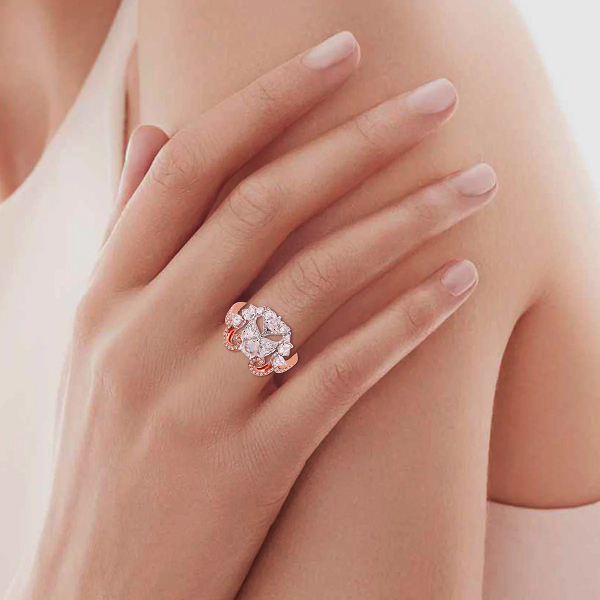
Clarity is an important factor to consider when buying a diamond. It refers to the presence of any internal or external flaws, also known as inclusions and blemishes. These imperfections can affect the brilliance and overall beauty of the stone.
- The higher the clarity grade, the more rare and valuable the diamond becomes.
- However, it’s worth noting that most diamonds have some degree of inclusion – even those with high clarity grades.
- When assessing clarity, it’s essential to consider your personal preference and budget. While flawless diamonds are highly sought after, they come at a premium price.
- Diamonds with slightly lower clarity grades like VVS1/VVS2 or VS1/VS2 may offer better value for money while still appearing eye-clean without visible flaws to the naked eye.
- Finding a balance between quality and budget is key when considering diamond clarity.
3. Carat Weight
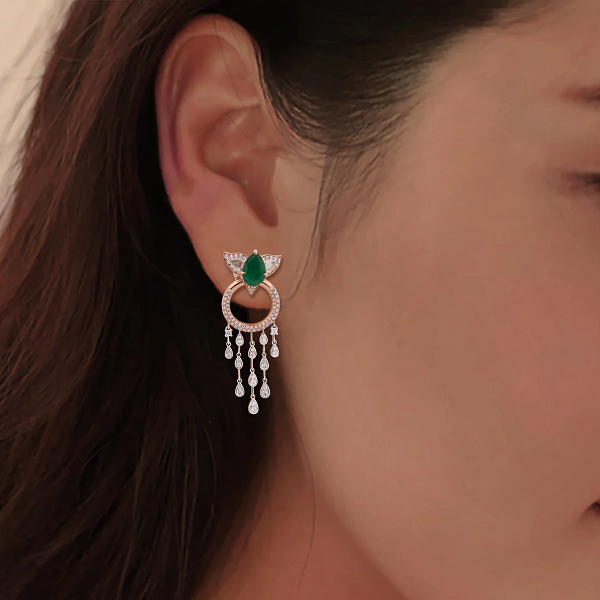
When it comes to diamonds, carat weight is a significant factor to consider. Carat weight refers to the size and mass of the diamond, with one carat being equal to 200 milligrams.
- The larger the carat weight, the more expensive and valuable the diamond tends to be.
- However, it’s important to note that carat weight alone doesn’t determine a diamond’s quality or beauty.
- Factors like cut, clarity, and colour also play crucial roles in determining its overall appearance and value.
- So when choosing a diamond based on its carat weight, make sure you take into account these other factors as well!
4. Colour
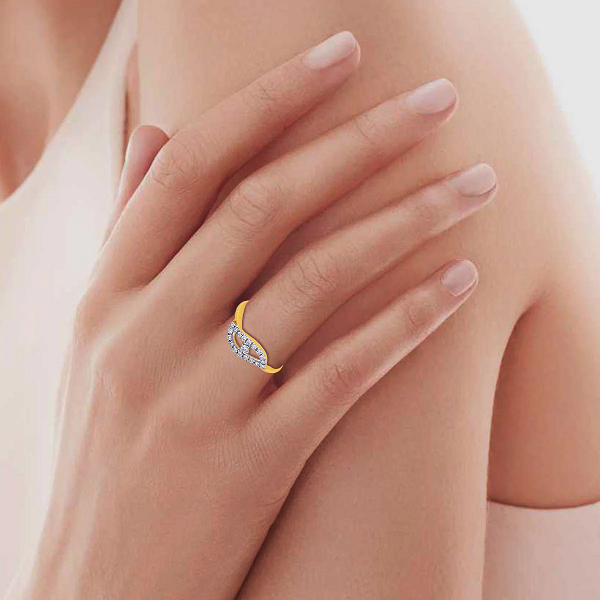
When it comes to buying a diamond, colour is an important factor to consider. The colour of a diamond refers to how much colour or lack of colour is present in the stone. Generally, the less colour in a diamond, the higher its value.
- Diamonds are graded on a scale from D (colourless) to Z (light yellow or brown).
- D diamonds are considered extremely rare and valuable because they have no visible traces of colour.
- As you move down the scale towards Z, more yellow or brown tones become apparent.
- However, it’s important to note that some fancy-coloured diamonds can be highly sought after for their unique hues.
- When choosing a diamond based on its colour, aim for one with as little visible hue as possible within your budget range.
- A higher grade on the GIA Color Scale generally indicates greater rarity and value in white diamonds.
Keep this in mind while considering all other factors mentioned above!
5. Certification
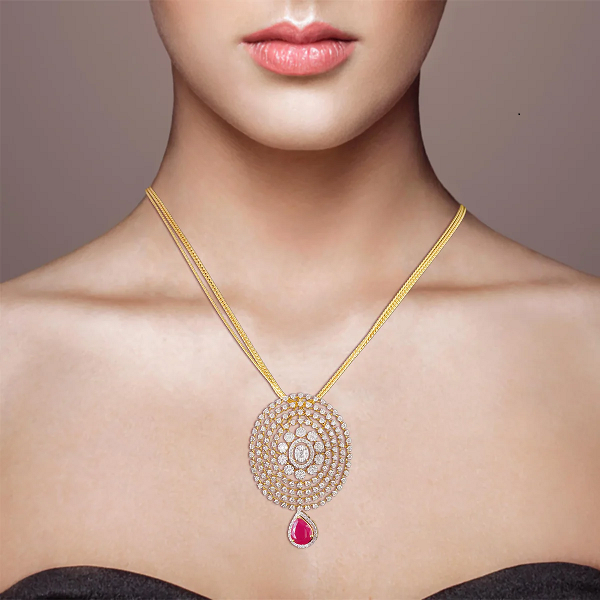
Certification is an essential factor to consider when buying a diamond. It provides valuable information about the quality and authenticity of the stone. A certified diamond has been evaluated by a reputable gemological laboratory, ensuring that it meets certain standards.
- By obtaining a certification, you can have peace of mind knowing that you are making an informed purchase.
- The certification report will include details on the diamond’s 4Cs (cut, clarity, colour, and carat weight).
- This information is crucial in assessing the value of the diamond and comparing it with others on the market.
- Therefore, always look for diamonds with recognised certifications like those from GIA (Gemological Institute of America) or AGS (American Gem Society).
6. Shape

The shape of a diamond is an important factor to consider when making your purchase. The most popular and classic shape is the round brilliant, known for its exceptional sparkle and brilliance. Other common shapes include princess, cushion, emerald, oval, pear, marquise, and radiant. Each shape has its own unique characteristics and appeal.
- When choosing a diamond shape, it’s essential to consider personal preference as well as the style of the recipient if you’re buying it as a gift.
- Some shapes may suit certain hand types or finger lengths better than others.
- Additionally, different shapes can create different optical effects by reflecting light in various ways.
- Selecting the right shape will determine how your diamond looks on jewellery and how much it enhances its overall beauty.
- Remember that while all diamonds are precious gems with their individual qualities, the choice of shape comes down to personal taste and desired aesthetic appeal!
Summing Up
The cut, clarity, carat weight, colour, certification, and shape all play a role in determining the quality and value of a diamond. Each factor is important and should be taken into account when making your decision.
The choice of which factors are most important to you will depend on your personal preferences and budget. It’s essential to prioritise what matters most to you in order to find the perfect diamond for your needs. By considering these seven key factors, you can ensure that you make an informed decision when purchasing a diamond that meets both your aesthetic desires and financial constraints.
FAQs – Factors to Consider When Buying a Diamond
How important is the cut of a diamond?
The cut of a diamond is extremely important as it determines how well the stone reflects light. A well-cut diamond will have superior brilliance and sparkle, while a poorly-cut diamond may appear dull or lifeless.
What does clarity mean in relation to diamonds?
Clarity refers to the presence of any internal or external flaws, also known as inclusions and blemishes. These imperfections can affect the beauty and value of a diamond, so it’s essential to choose one with good clarity.
Does carat weight affect the value of a diamond?
Carat weight certainly plays a role in determining the value of a diamond. Generally, larger diamonds are rarer and more expensive than smaller ones. However, it’s crucial to consider other factors such as cut, colour, and clarity when assessing overall quality.
Why does colour matter when buying a diamond?
Colour grading for diamonds ranges from D (colourless) to Z (light yellow or brown). The less colour present in a white diamond, the higher its value. However, fancy-coloured diamonds can be highly sought after for their unique hues.
Is certification necessary when purchasing a diamond?
Yes! It’s always advisable to buy certified diamonds that come with an independent grading report from reputable gemological laboratories like GIA or AGS. This ensures transparency and provides accurate information about your chosen stone’s characteristics.
Are there different shapes available for diamonds?
Absolutely! Diamonds come in various shapes, including round brilliant cuts (the most popular), princess cuts (square), emerald cuts (rectangular with step-like facets), oval cuts, pear-shaped cuts, marquise cuts (boat-shaped), heart-shaped cuts, cushion cuts (rounded corners), and many more!
What are “The Four C’s” in relation to diamonds?
The 4C’s are the diamond’s cut, clarity, colour, and carat.
 Store Locator
Store Locator 

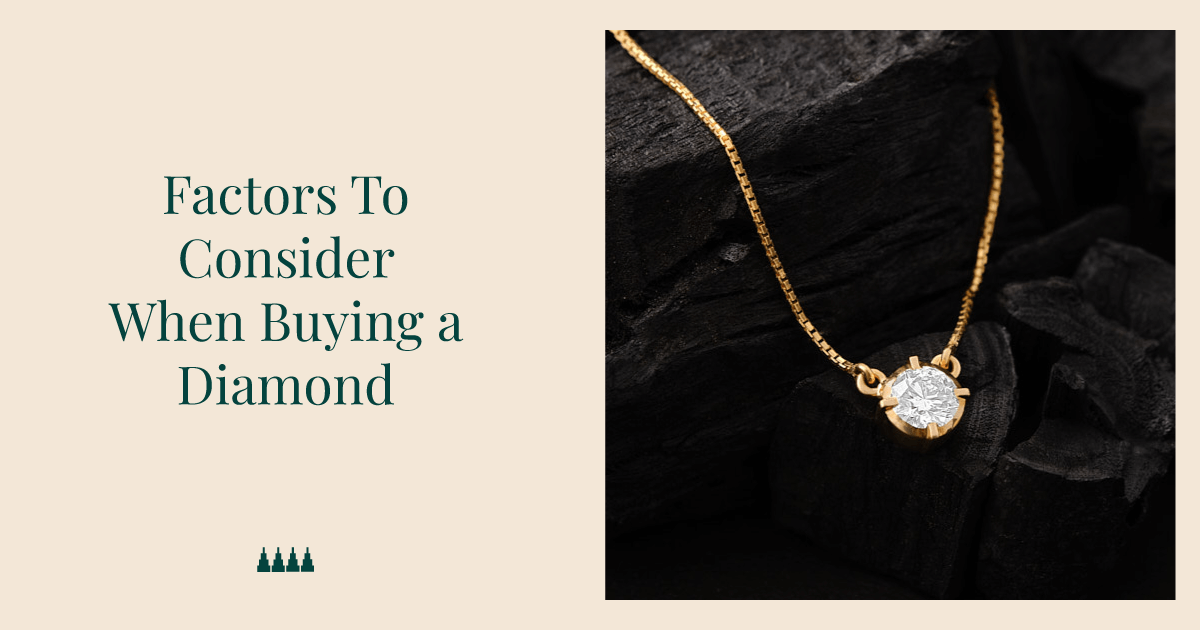
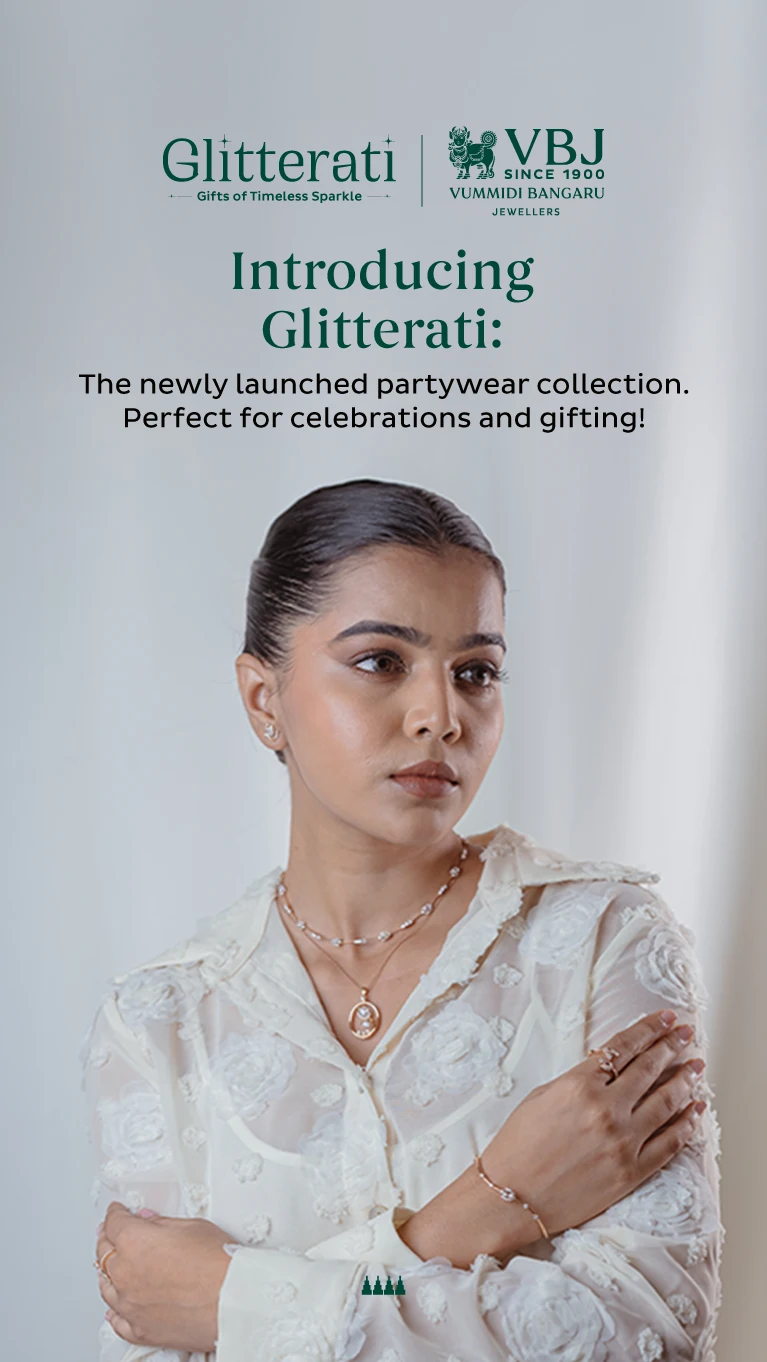
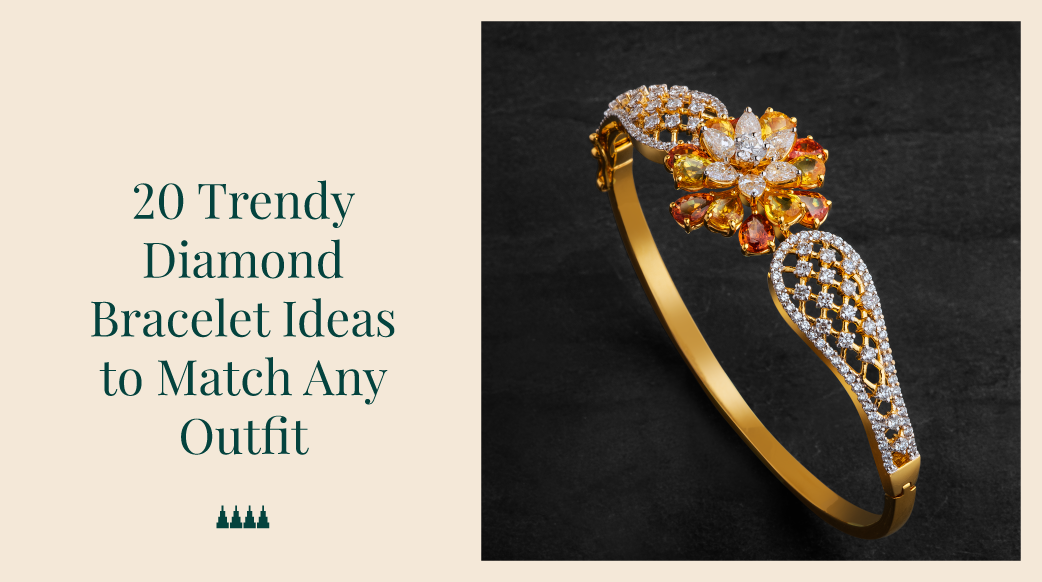
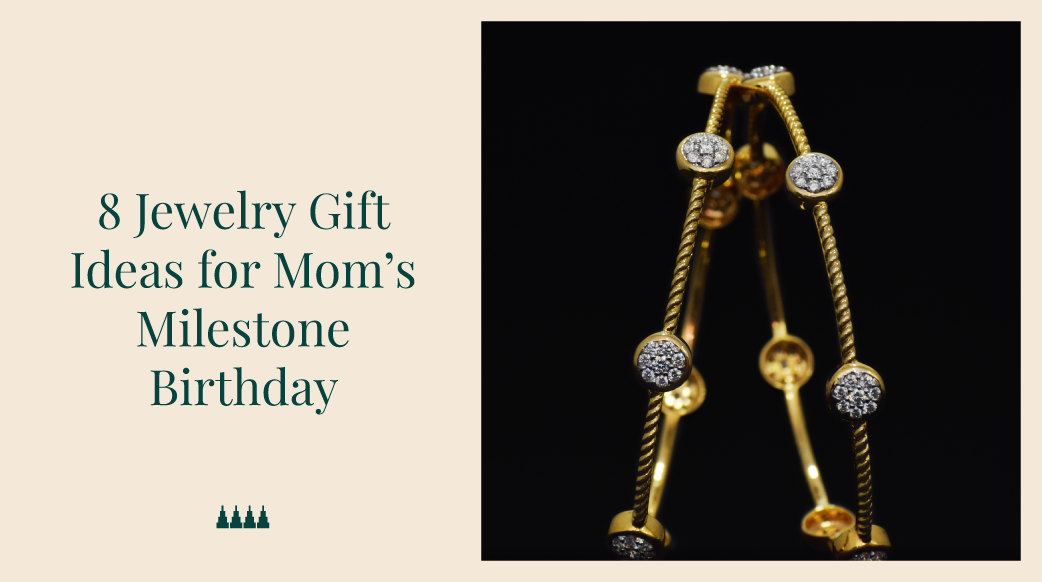
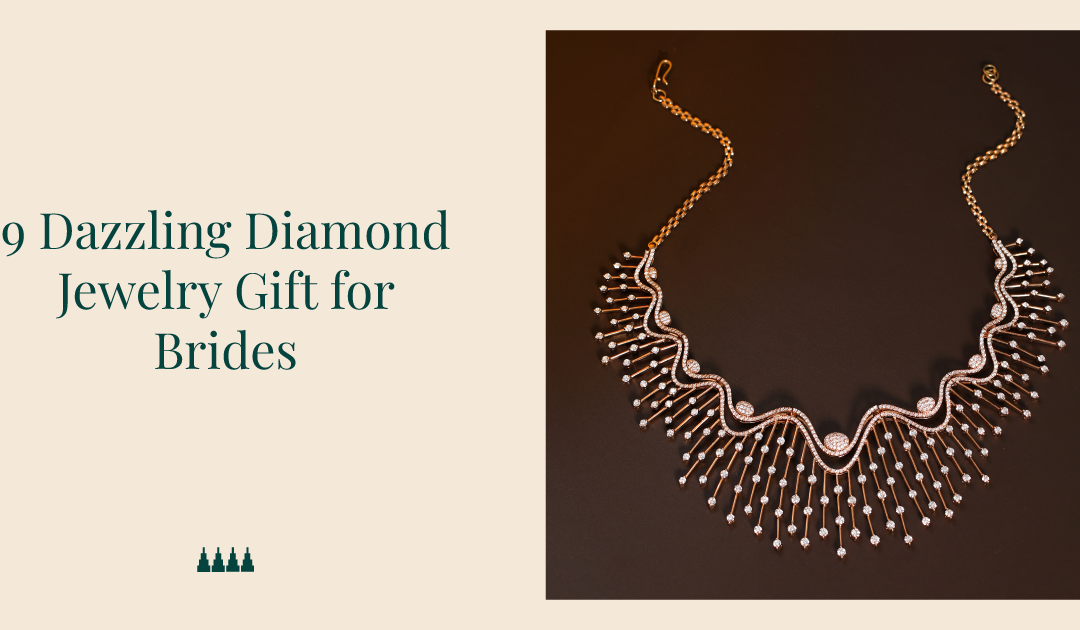
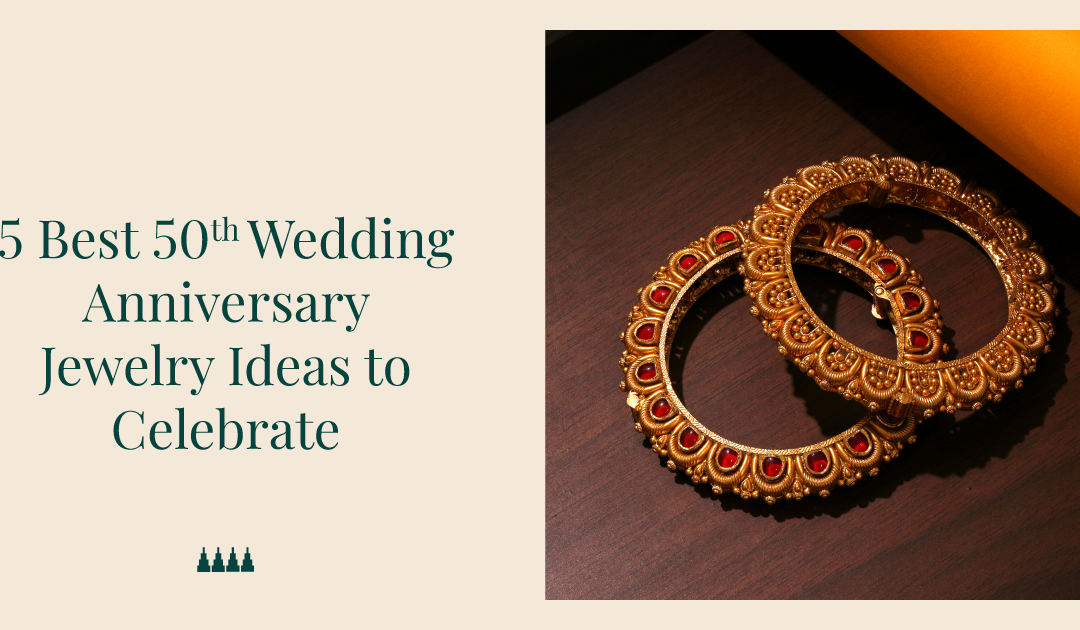
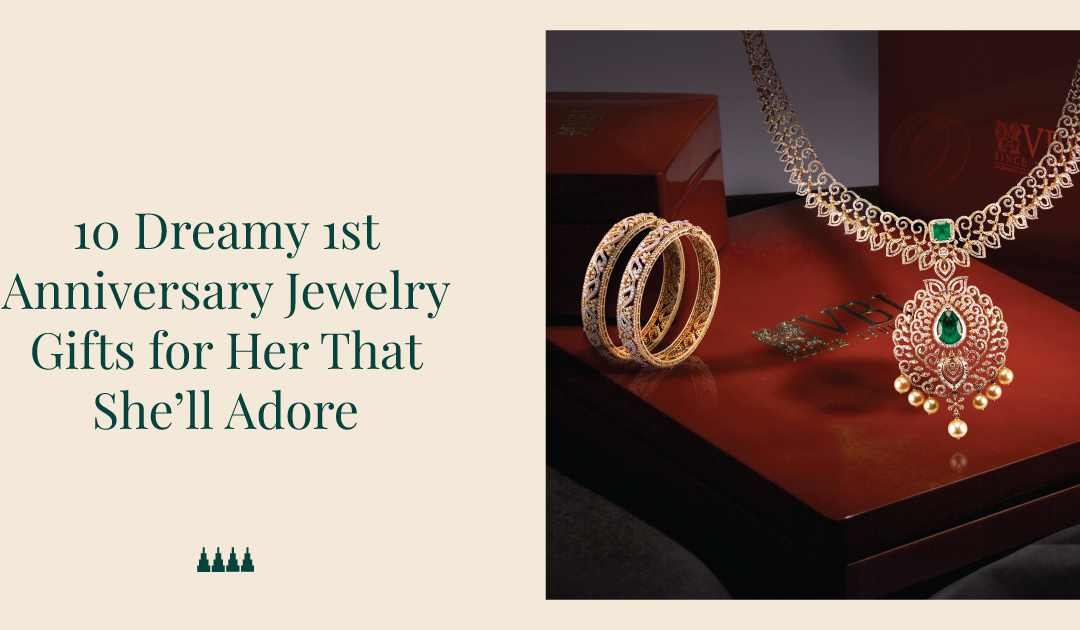
0 Comments